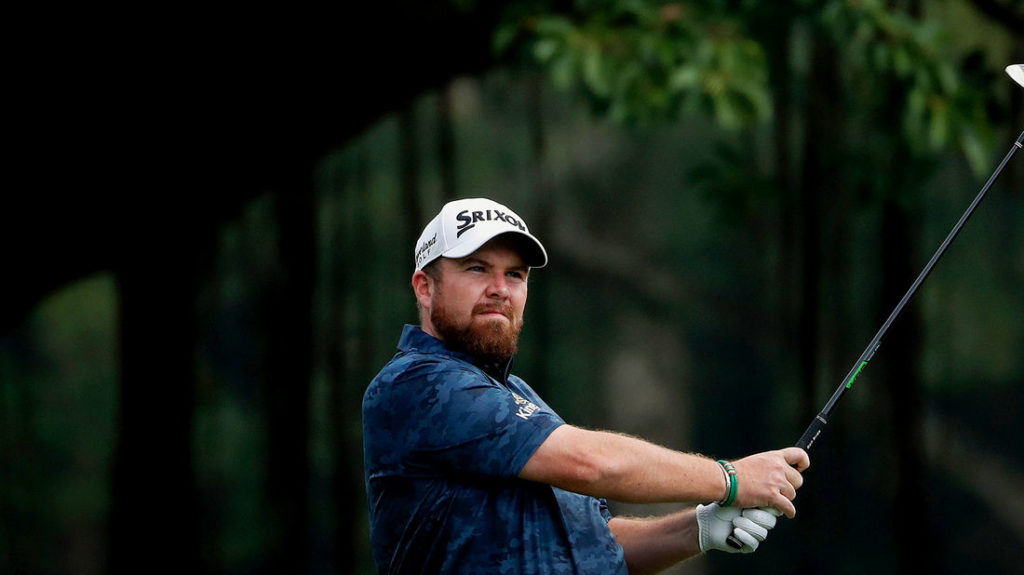Did you see that Wade Ormsby won the Hong Kong Open yesterday? You didn’t? Well, I’m not entirely surprised you missed the news. The European Tour, which co-sanctioned the tournament with the Asian Tour, didn’t bother putting the leaderboard on its website, perhaps not wanting to detract attention from the South African Open in Johannesburg, which was always supposed to be played from January 9-12.
The Hong Kong Open was scheduled to end at the beginning of December but on November 20 the two tours recognised that, in what is probably the darkest era of the territory’s existence, the last thing Hong Kong really needed at the time was a professional golf tournament. It was therefore postponed. “The decision has been taken due to the ongoing level of social unrest in Hong Kong,” said Keith Pelley, chief executive of the European Tour. So they had it just now instead, the current Open champion, Shane Lowry, being among the field. He finished runner-up, four shots behind Ormsby.

Among the entrants for the intended event in November had been different recent Open champions, Francesco Molinari and Henrik Stenson, plus Patrick Reed, the 2018 Masters winner. Reference to the Masters obviously brings to mind Augusta National, where that tournament was inaugurated in 1934. The Hong Kong Open was started in 1959 and the Masters apart it is the only tournament in the world that has been played over the same course for more than 50 years. (In case you were wondering, Jack Nicklaus’s Memorial Tournament at Muirfield Village in Columbus, Ohio, began in 1976.)
In the case of the Hong Kong Open, the venue has long been what used to be called the Royal Hong Kong Golf Club until the prefix went the way of the governorship after July 1997. Now the layout at Fanling is the plain old Hong Kong Golf Club. It came into existence in 1889 and over time three courses were built on the site, with the tournament course evolving to be contested on a combination of them.
The property suffered neglect, and likely much worse, during the four years of the Japanese occupation of Hong Kong during World War II. Subsequent developments were complicated by the regular discovery of long-lost Chinese graves, which meant that while work on the course could continue, compensation had to be paid to the families whose ancestors’ remains had been disturbed. And it is not only the club’s past that has witnessed a chequered existence. The future is uncertain, too, with part of the course, and therefore several holes, liable to be taken into government control following a recommendation to that effect by the somewhat sinister-sounding Task Force on Land Supply. Not that Hong Kongers haven’t got more on their minds at the moment than the status of a golf club.
Thankfully things do seem a little calmer on the political front right now, although that does not preclude the return of significant social unrest. If that does occur, one would have to say that there might be quite a profit to be made by whoever controls the local golf-umbrella franchise…
You can follow Robert Green on Twitter @robrtgreen and enjoy his other blog f-factors.com plus you can read more by him on golf at robertgreengolf.com
